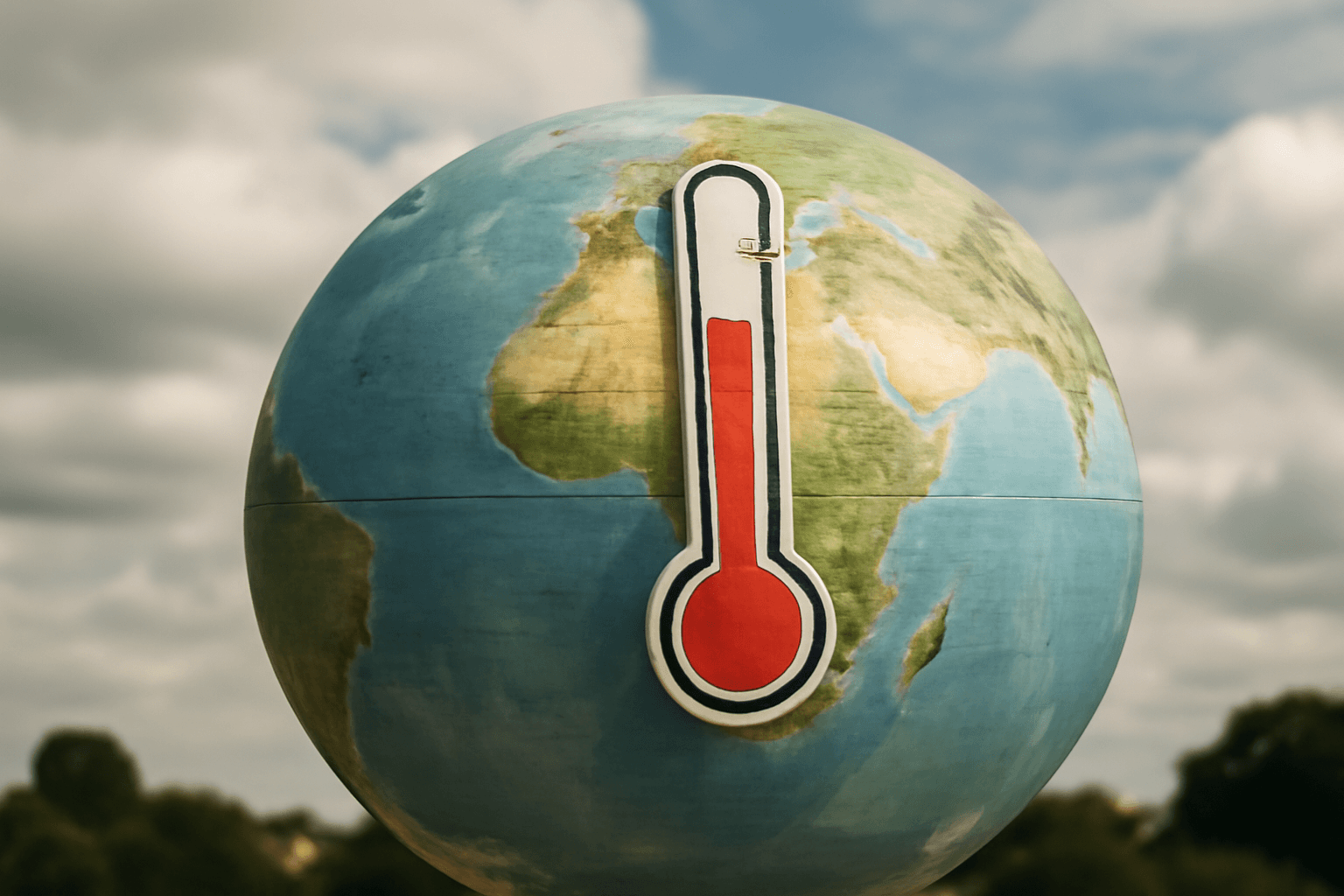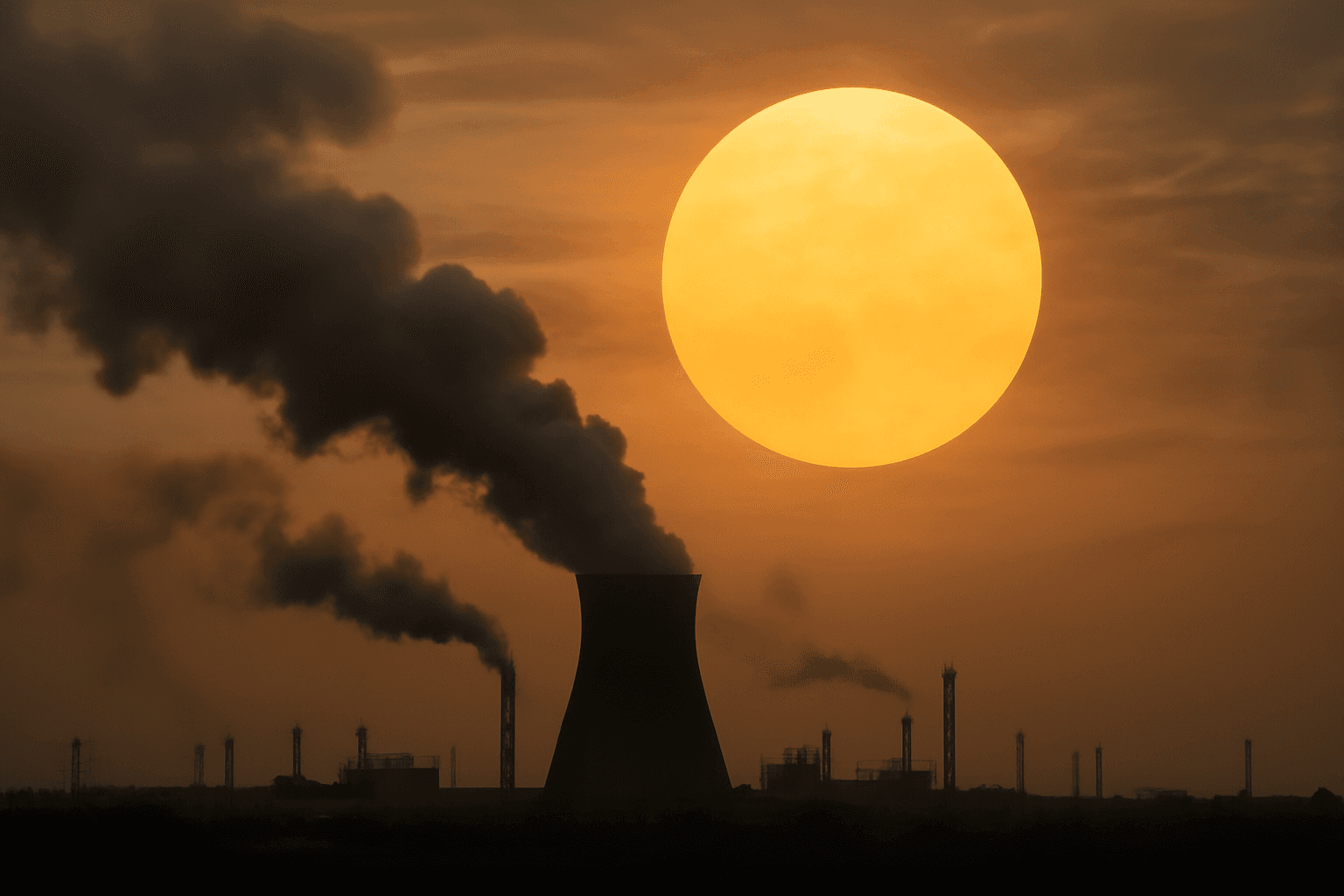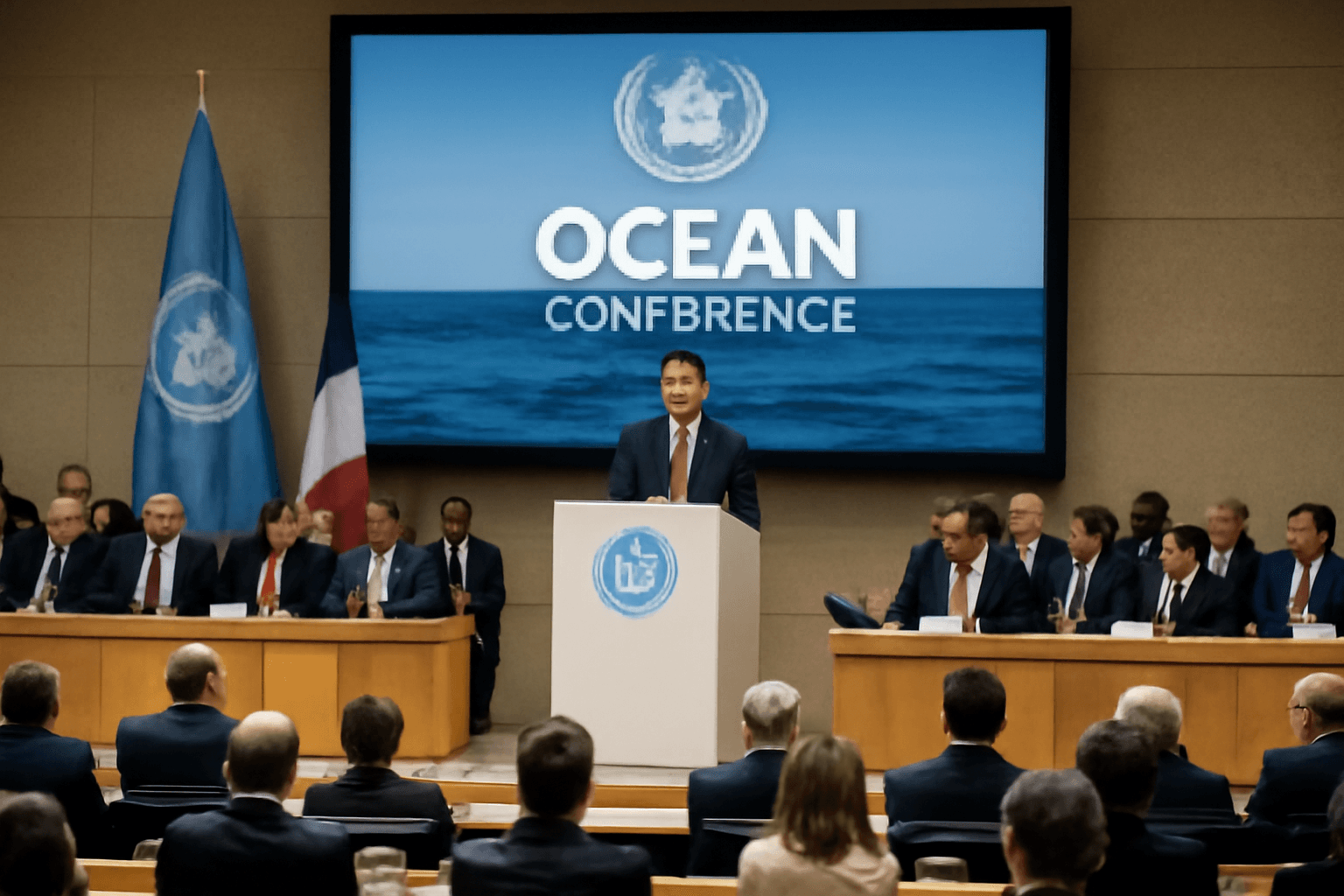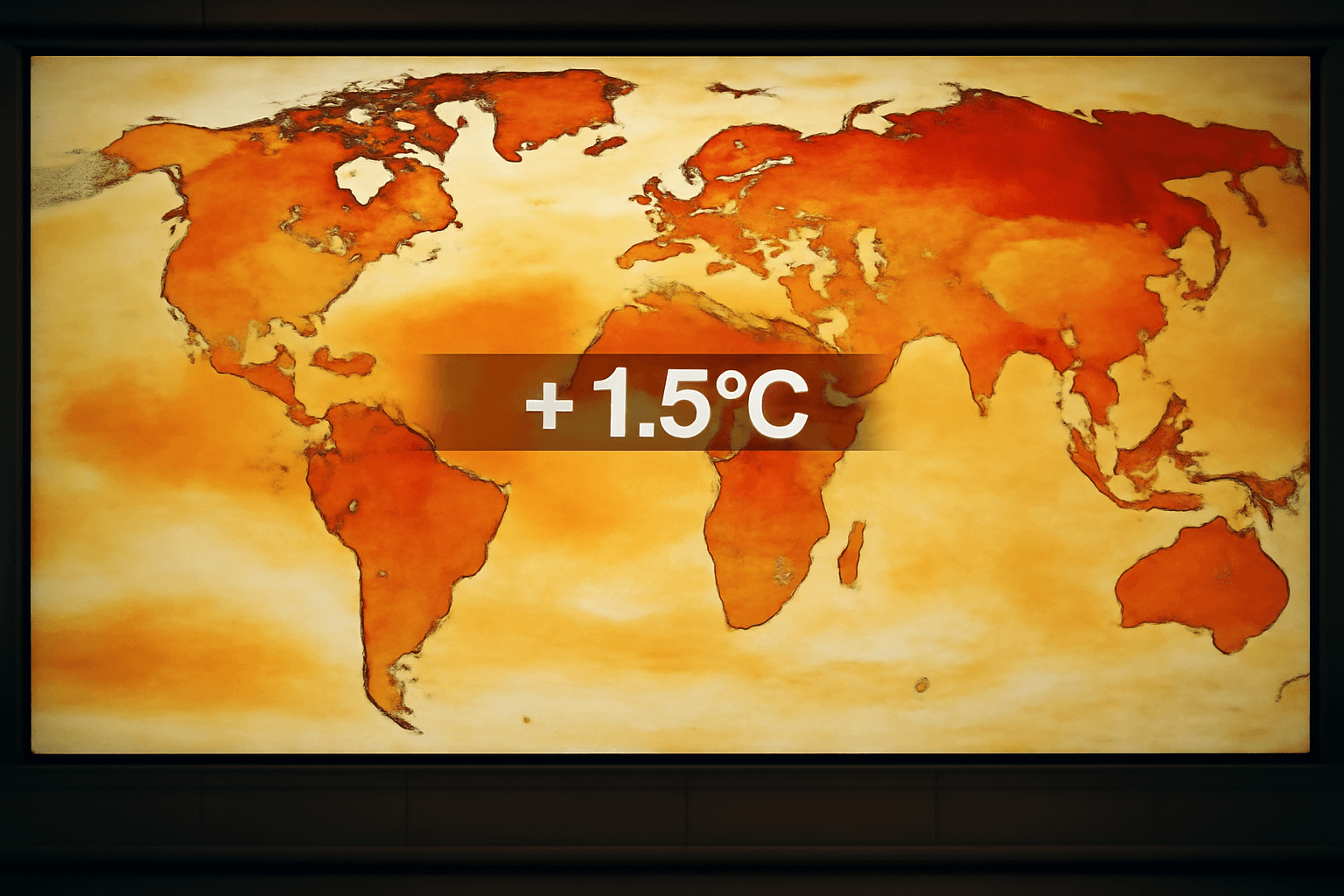The United Nations has issued a stark warning regarding global temperature rise, stating there is a 70% likelihood that the average global warming between 2025 and 2029 will surpass the critical threshold of 1.5 degrees Celsius above pre-industrial levels.
This announcement follows reports from the World Meteorological Organization (WMO) confirming that the last decade has been the warmest on record, with 2023 and 2024 marking the hottest years globally. Ko Barrett, WMO's deputy secretary-general, emphasized that this trend of elevated temperatures is expected to continue unabated.
"This means there will be increasing negative consequences for economies, daily life, ecosystems, and the planet," Barrett cautioned.
Understanding the 1.5°C Target
The 1.5-degree Celsius target was established during the 2015 Paris Agreement. It aims to restrict global warming to well below 2°C, with a more ambitious goal of limiting it to 1.5°C above pre-industrial temperatures (1850-1900 average). However, due to persistently rising carbon dioxide emissions from human activities such as burning fossil fuels, many climate scientists now consider this target increasingly unattainable.
The WMO's projections indicate that the global average near-surface temperature during each year from 2025 to 2029 will likely range between 1.2°C and 1.9°C above pre-industrial levels.
Future Climate Projections
Peter Thorne, director of the Irish Climate Analysis and Research Units group at the University of Maynooth, forecasted a 100% probability that long-term warming will surpass 1.5°C in the late 2020s or early 2030s, with this certainty expected to be reached within the next two to three years.
Furthermore, the WMO estimates an 80% chance that at least one year between 2025 and 2030 will be hotter than 2024, currently the warmest year on record. There is also a non-zero, albeit exceptionally low, probability that a year within the next five could exceed 2°C warming.
Adam Scaife of the UK Met Office, who contributed to the report, described the emergence of such probabilities in their climate models as "shocking," highlighting the increasing urgency of the climate crisis. He noted that the likelihood of crossing these temperature thresholds will continue to rise if current trends persist.
These findings underscore the critical need for accelerated global efforts to reduce greenhouse gas emissions and mitigate the far-reaching impacts of climate change.


















